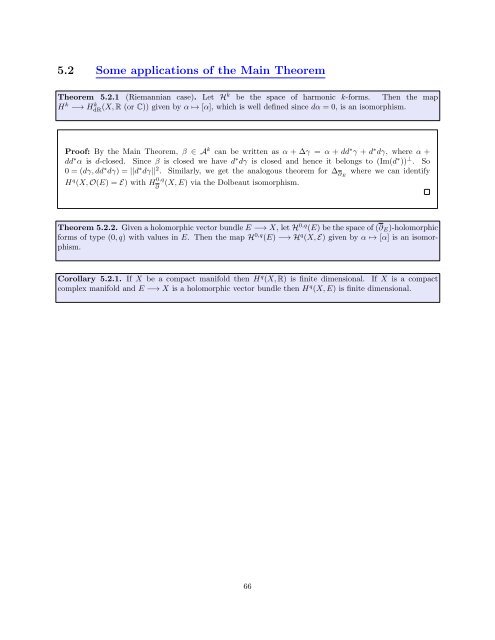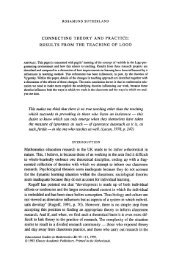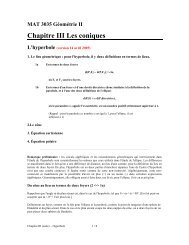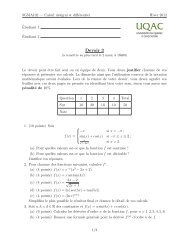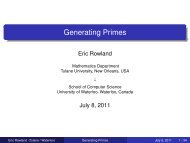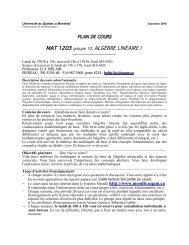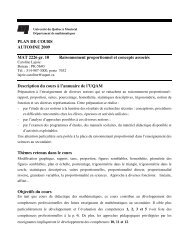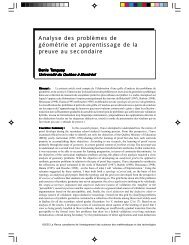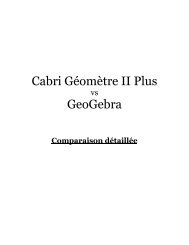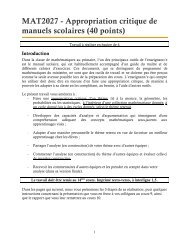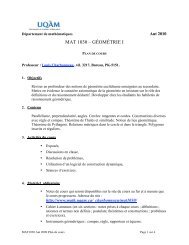COMPLEX GEOMETRY Course notes
COMPLEX GEOMETRY Course notes
COMPLEX GEOMETRY Course notes
Create successful ePaper yourself
Turn your PDF publications into a flip-book with our unique Google optimized e-Paper software.
5.2 Some applications of the Main Theorem<br />
Theorem 5.2.1 (Riemannian case). Let H k be the space of harmonic k-forms. Then the map<br />
H k −→ HdR k (X, R (or C)) given by α ↦→ [α], which is well defined since dα = 0, is an isomorphism.<br />
Proof: By the Main Theorem, β ∈ A k can be written as α + ∆γ = α + dd ∗ γ + d ∗ dγ, where α +<br />
dd ∗ α is d-closed. Since β is closed we have d ∗ dγ is closed and hence it belongs to (Im(d ∗ )) ⊥ . So<br />
0 = (dγ, dd ∗ dγ) = ||d ∗ dγ|| 2 . Similarly, we get the analogous theorem for ∆ ∂E<br />
where we can identify<br />
H q (X, O(E) = E) with H 0,q (X, E) via the Dolbeaut isomorphism.<br />
∂<br />
Theorem 5.2.2. Given a holomorphic vector bundle E −→ X, let H 0,q (E) be the space of (∂ E )-holomorphic<br />
forms of type (0, q) with values in E. Then the map H 0,q (E) −→ H q (X, E) given by α ↦→ [α] is an isomorphism.<br />
Corollary 5.2.1. If X be a compact manifold then H q (X, R) is finite dimensional. If X is a compact<br />
complex manifold and E −→ X is a holomorphic vector bundle then H q (X, E) is finite dimensional.<br />
66


